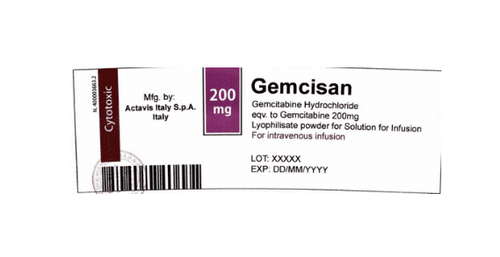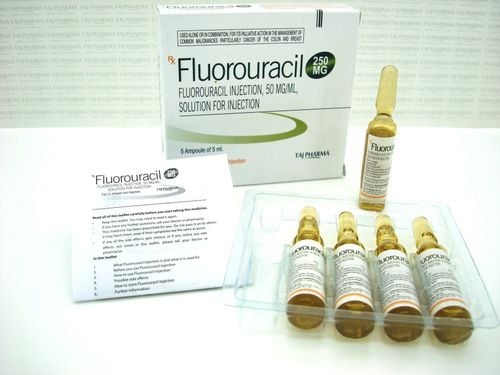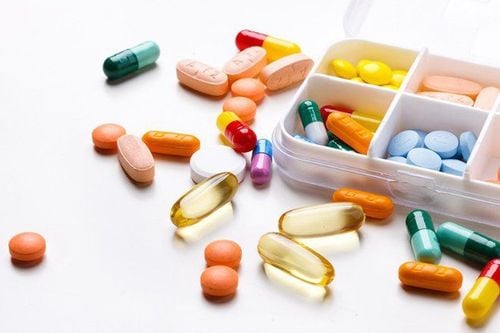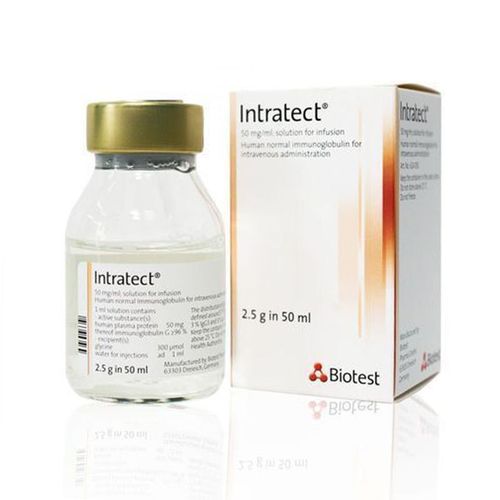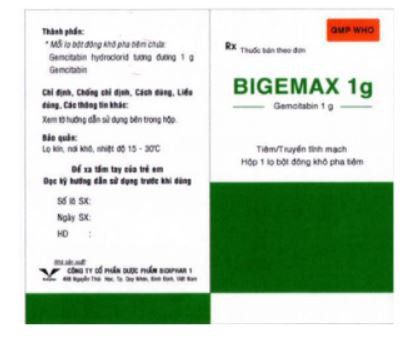This is an automatically translated article.
Article written by Pharmacist Nguyen Hoang Phuong Khanh - Faculty of Pharmacy - Vinmec Central Park International General Hospital
Doxorubicin is a chemotherapy drug used to treat cancer; including breast cancer, bladder cancer, Kaposi's sarcoma, lymphoma and leukemia. Currently, Vinmec Hospital provides Doxorubicin in two concentrations: Doxorubicin 10mg/5ml, Doxorubicin 50mg/25ml.
1. Mechanism of action
Doxorubicin has the main mechanism of binding to DNA, inhibiting enzymes required for the cell's DNA replication and transcription. From there, the drug slows down or stops the growth of cancer cells.
2. Designation
Solid tumors, cancers of the hematopoietic and lymphoid systems, including: acute myeloid and lymphoid leukemia, such as Hodgkin's and non-Hodgkin's lymphomas; Breast cancer , bladder cancer , tracheal cancer , uterine cancer , cervical cancer , ovarian cancer , prostate cancer , pancreatic cancer , stomach cancer , carcinoma thyroid tissue, testicular cancer, liver cancer; neuroblastoma ; Soft tissue connective tissue cancer, Ewing bone cancer Wilms tumor, head and neck cancer, bone marrow pain. Doxorubicin can be injected directly into the bladder in the case of patients with superficial non-invasive bladder cancer – after laparoscopic resection (TUR) and to prevent residual cancer.
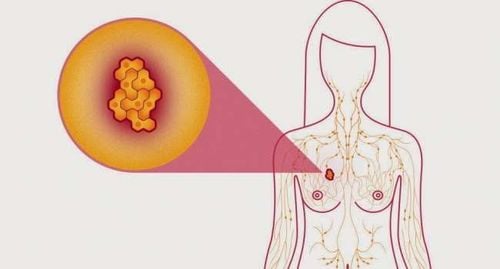
Doxorubicin được sử dụng trong điều trị ung thư vú và một số loại ung thư khác
3. Instructions for using Doxorubicin
Doxorubicin can be given intravenously for at least 2 hours or pumped into the bladder.
Because doxorubicin is a drug capable of causing thrombophlebitis and local necrosis, the drug should be infused slowly, absolutely avoiding injection from the blood vessel. A central intravenous infusion is recommended for patients with difficult vein collection.
If Doxorubicin comes into contact with skin or mucous membranes, wash the contact area with soap and water immediately.
4. Doxorubicin side effects
Common : Erythema, pruritus, infusion reactions, bone marrow suppression, vomiting and nausea, oral mucosal ulcers, esophagitis, diarrhea, alopecia, phlebitis. Uncommon: Hand-foot syndrome, skin and hair pigmentation changes, nail disorders, increased liver enzymes, increased bilirubin. Rare: Hypersensitivity reactions, inflammation of the area previously treated with radiation. Note: Bone marrow suppression: Usually causes strong leukopenia, the lowest decrease after 10 days and recovery after 21 days. Platelets and red blood cells decreased slightly. Cardiotoxicity: May be acute, chronic or late. Infusion reaction: Local erythema along the infusion line, flushed face if rapid injection.
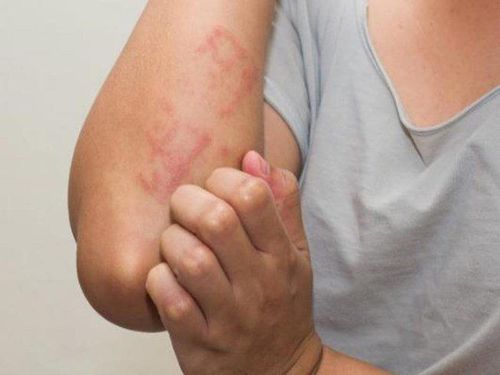
Người bệnh có thể gặp tình trạng bạn đỏ do thuốc Doxorubicin
5. What should patients pay attention to when being treated with Doxorubicin
When to contact medical staff? Temperature ≥ 38oC People are tired, cold and shivering Vomiting, uncontrollable diarrhea Chest pain, shortness of breath Issues to monitor Note urine may turn red after 1-2 days of taking the drug The drug causes hair loss and will recover after 3 months after finishing treatment. Monitor blood count, liver and kidney function, uric acid, electrolytes periodically. Monitor electrocardiogram and left ventricular ejection fraction before and after treatment, follow-up frequency The monitoring is dose dependent and the patient's pre-existing risk factors. Risk of cardiovascular toxicity is common in patients > 70 years of age, history of hypertension or pre-existing cardiovascular disease. Exposure to direct light should be avoided. For patients with concomitant radiation therapy, it is necessary to pay attention to monitor side effects on the skin
Please dial HOTLINE for more information or register for an appointment HERE. Download MyVinmec app to make appointments faster and to manage your bookings easily.




